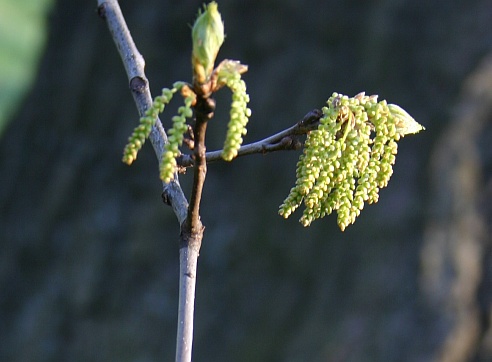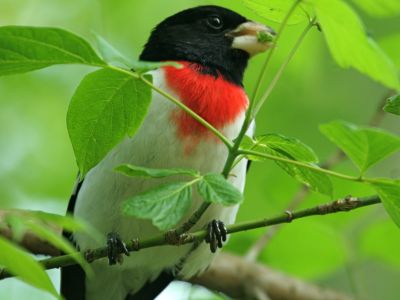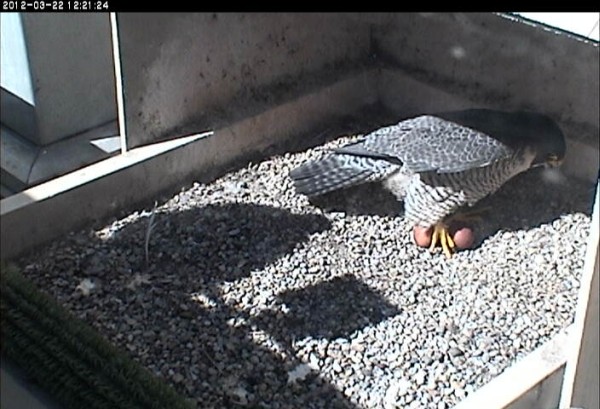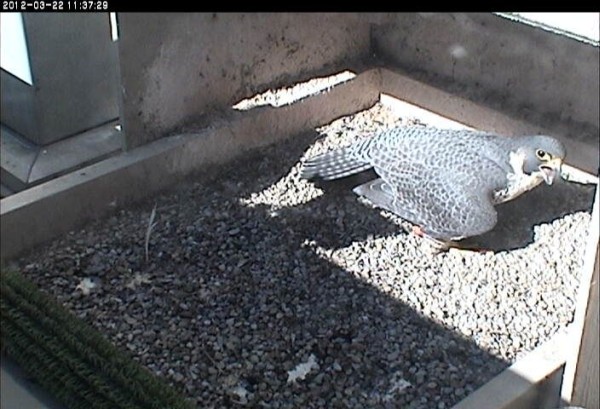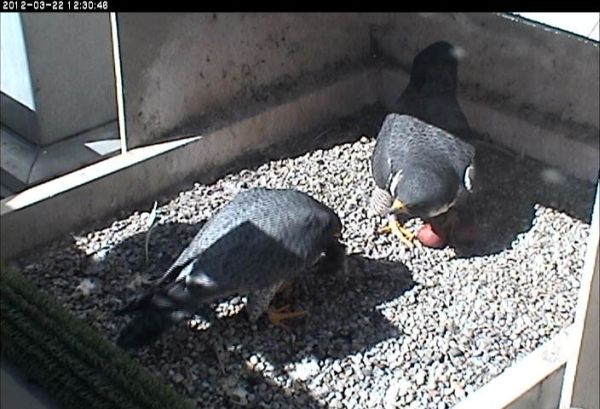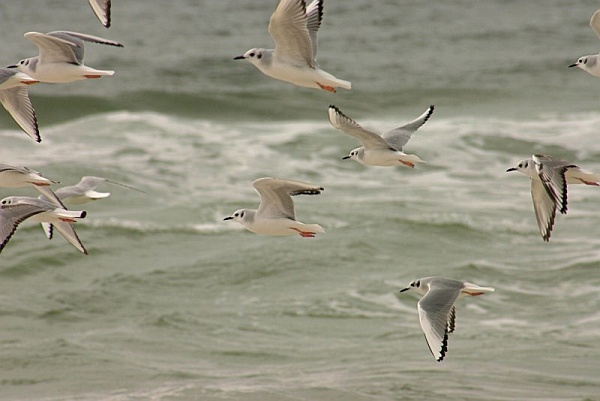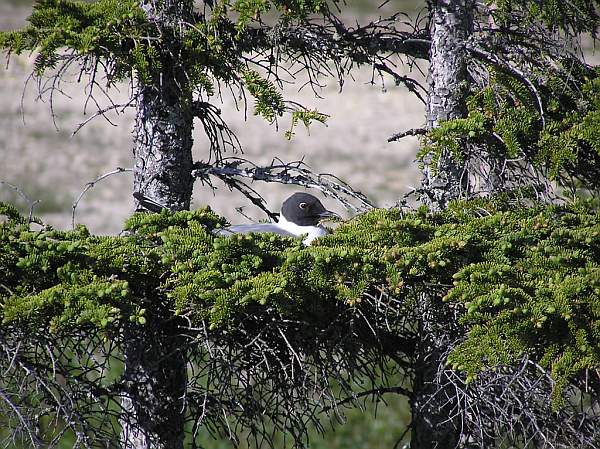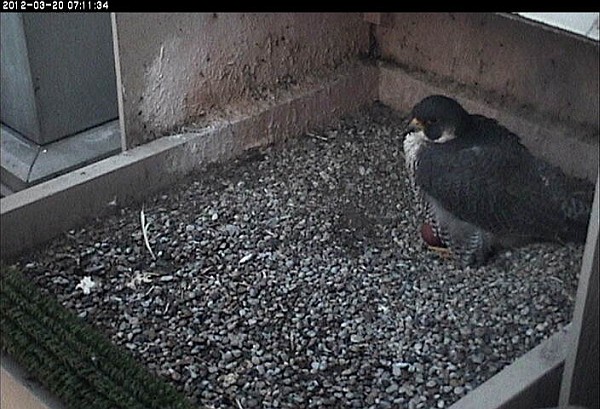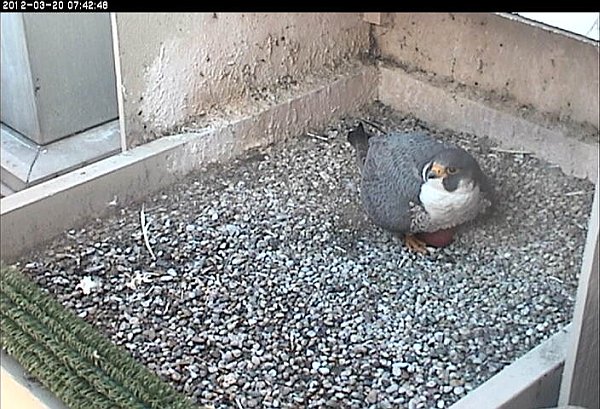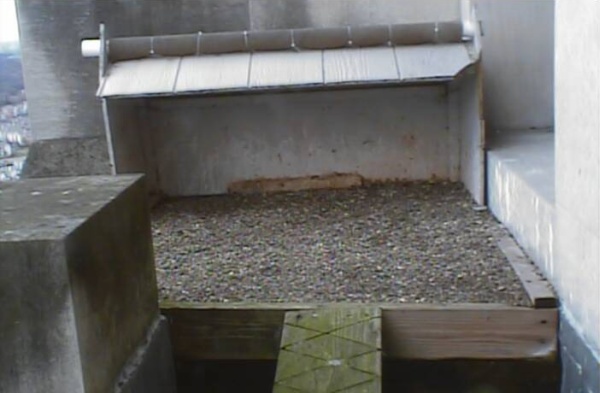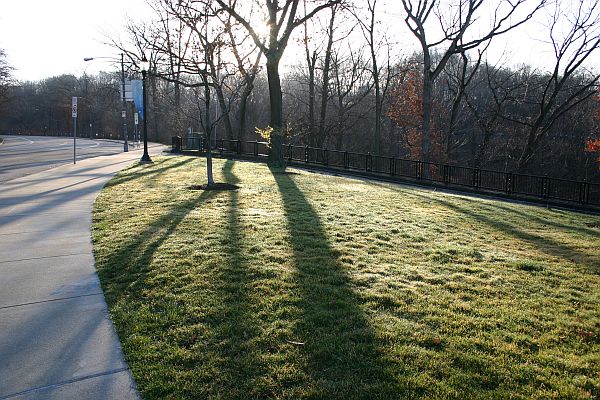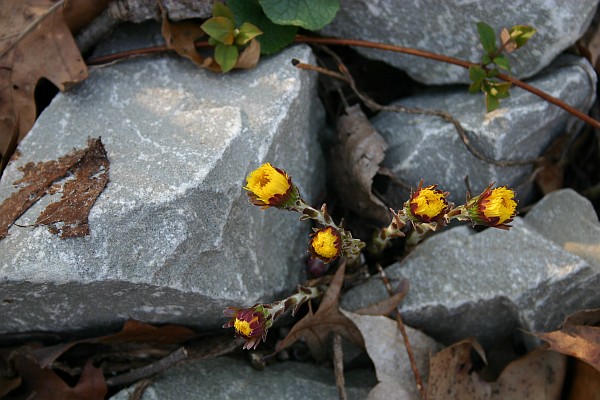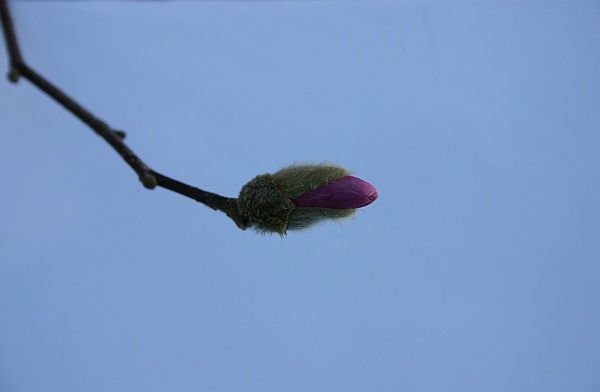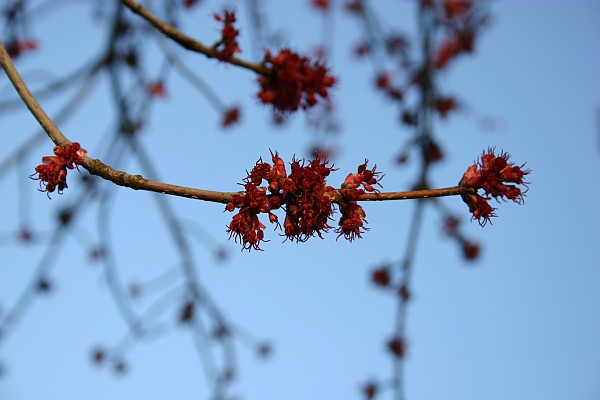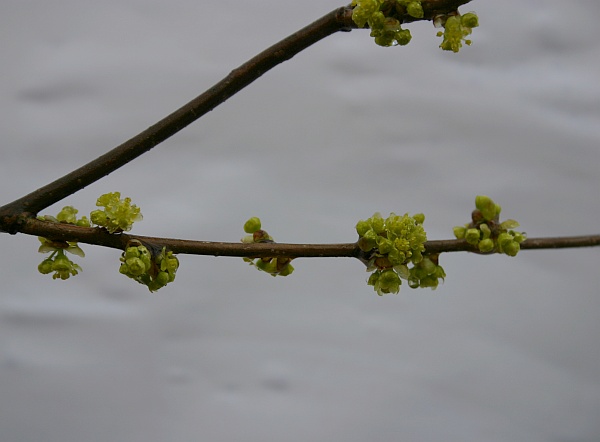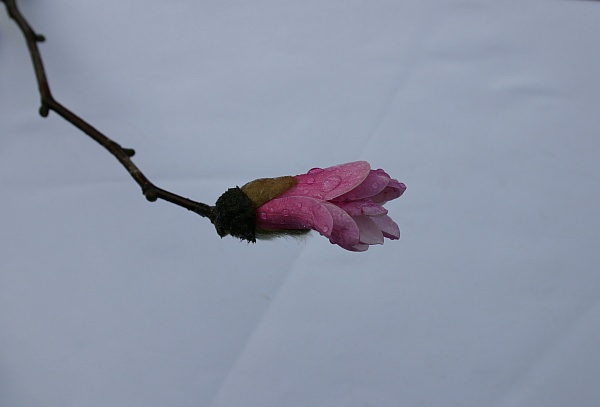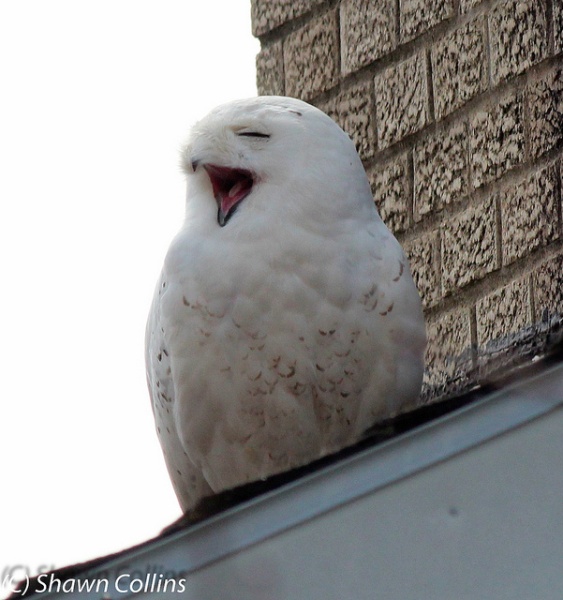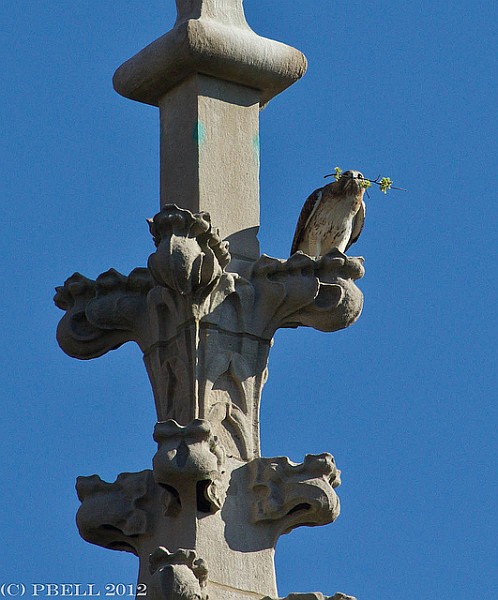
If you look up at the corner of Fifth and Craig these days it’s hard not to notice a pair of red-tailed hawks swooping around St. Paul Cathedral.
After two weeks of testing other sites the local red-tails have chosen the west steeple of St. Paul for their 2012 nest.
They have a thing for buildings. Though most red-tailed hawks nest in trees this pair has nested on buildings for years, most notably on the roofs at Central Catholic High School and Carnegie-Mellon Fine Arts. Their “kids” are often rescued. I recognize the female by her light brown head and her crazy love for bad nest sites.
Peter Bell couldn’t help but notice this when he stopped by with his camera on Thursday afternoon. He was looking for peregrines and instead found the hawks yanking branches off nearby trees and carrying them to the steeple. His photo below shows a hawk standing with sticks (red arrow) on a very narrow ledge — probably too narrow for a red-tail nest.
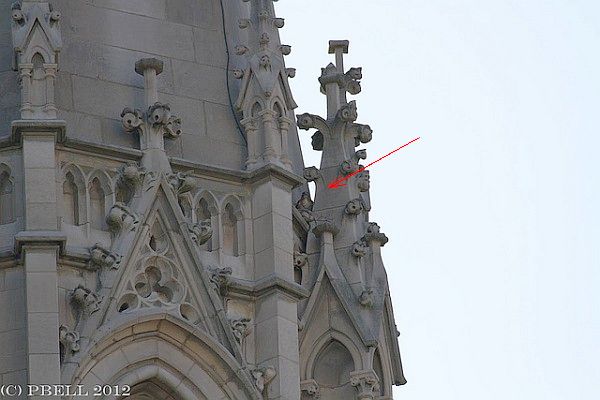
What do Pitt’s peregrines think of this development? St. Paul is close to Pitt and a favorite hang out of their newly fledged young but so far Dorothy and E2 are unphased. They know this red-tail pair is harmless. They’ve been neighbors for at least five years.
And this is the second time the red-tails have tried to nest at St. Paul. Last year the experiment failed in a matter of days when strong winds blew the sticks off the steeple.
It will be interesting to see if they can pull off this feat of engineering.
(photo by Peter Bell)
